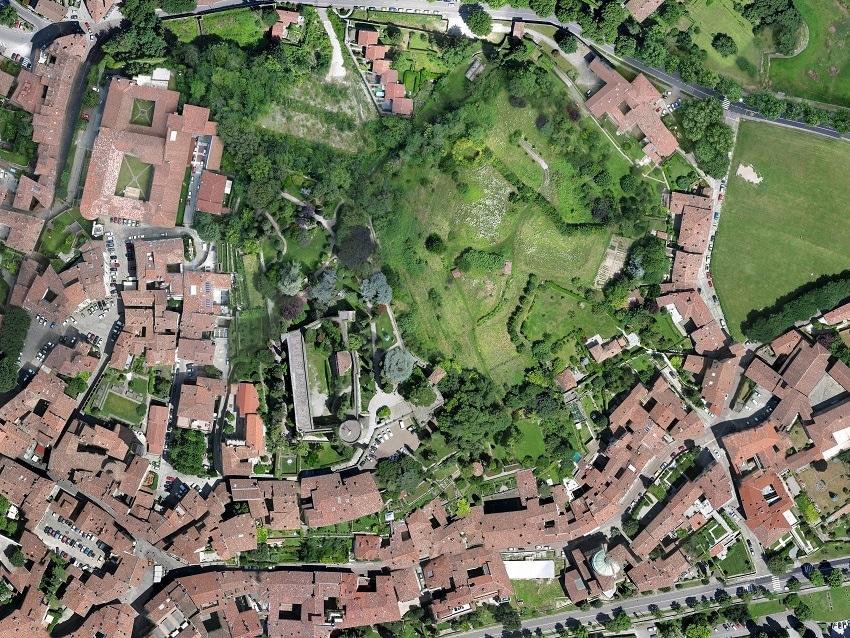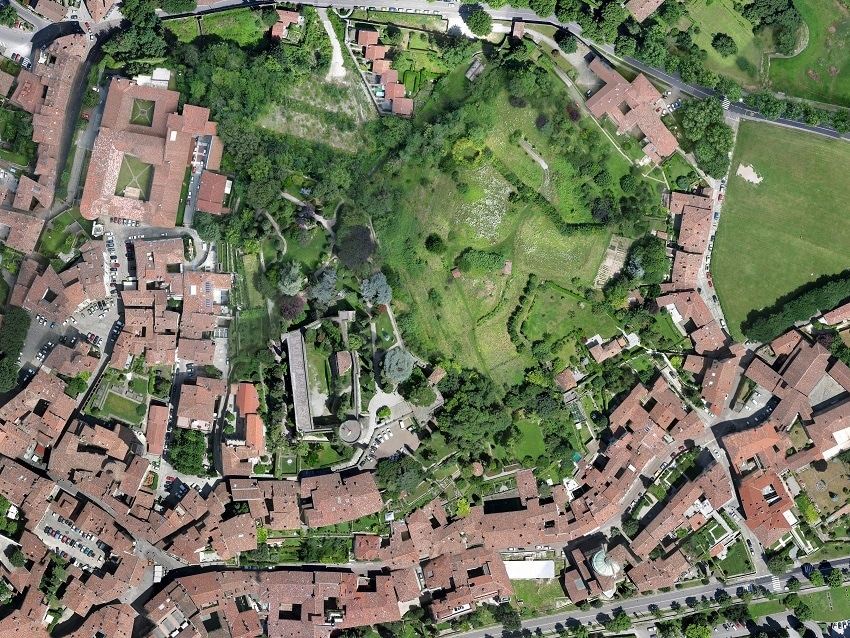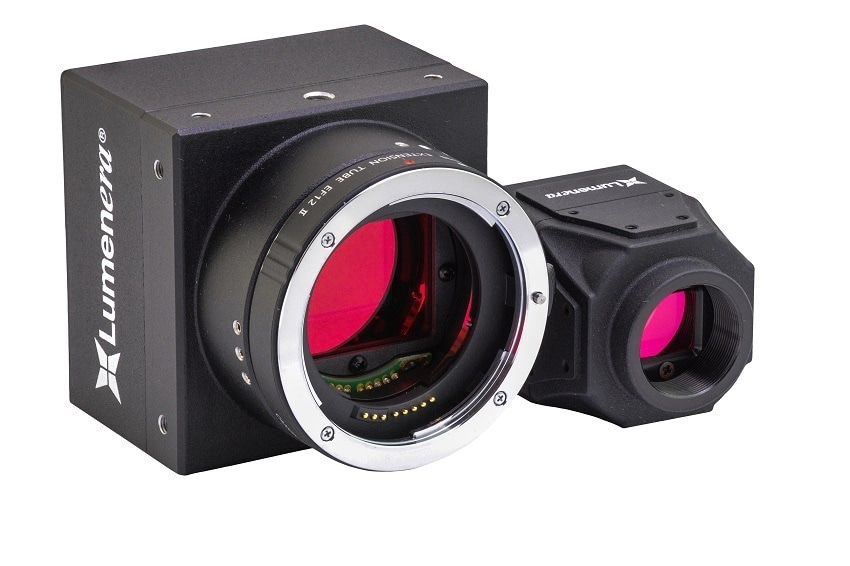In this interview, Brendan Lelirveld-Amiro talks to AZoOptics about how to reduce blur in aerial imaging using Teledyne Lumenera solutions.
What applications and industries are aerial imaging useful for?
There are a wide range of applications for aerial imaging. Most of Teledyne Lumenera’s customers are in the industrial space, which is not what most people think of when they hear the term aerial imaging. The proliferation of consumer-grade “drones” has led to some misconceptions in the industrial aerial imaging space and the difference between consumer grade and industrial grade imaging. Some of these applications include high-voltage line inspection, precision agriculture, and aerial mapping.
Industrial applications require high-quality imaging equipment that goes beyond the conventional camera added to a consumer drone. Integrating a camera to fit with customer needs, with a reliable triggering solution, and capturing image data at high bit-depths is what turns an unmanned aerial vehicle (UAV) into a vision system.
Are there any common challenges across these industries?
One of the biggest challenges in aerial imaging is mitigating image blur. It is very important for industrial applications to capture clear and sharp images, otherwise, the captured data cannot be accurately analyzed and processed, which is critical to meeting the application’s needs.

Sharp aerial images are necessary for image analysis
What leads to blurry images and can they be prevented?
Camera shake and motion blur are two major contributors to image blur. Camera shake can be rectified through the use of a proper camera gimbal, which counters the aircraft’s sudden movements to keep the camera steady and on target.
Motion blur is caused by the aircraft moving too quickly across a given area and is directly linked to the focal length, the sensor pixel size, exposure time, and the aircraft’s height above the ground. All these factors come together to form an equation that calculates a maximum speed for the aircraft to ensure there is no motion blur in the image.

Motion blur captured from a camera using long exposure
If speed and blur are directly linked, how can an aircraft fly faster while preserving image quality?
Increasing the aircraft’s height above the ground, lowering the lens’ focal length, or using a camera with larger pixels, are all ways to increase the aircraft’s speed without introducing motion blur. However, this will reduce the system’s ground sampling distance (GSD) or ground resolution. Most systems are built around this specification as it indicates the smallest object the system can see on the ground, which therefore limits the speed of the aircraft.
By reducing the cameras exposure time the speed of the aircraft can be increased, without impacting the GSD. The challenge with reducing the exposure time is based primarily on the amount of light available and the camera’s sensitivity. More light, i.e. full sunlight, will allow the exposure time to be reduced, along with a camera that has higher sensitivity.

Full sunlight allows for shorter exposure with outdoor imaging
Where does Teledyne Lumenera fit into all of this?
Teledyne Lumenera has been working with customers in the aerial imaging space to provide them with cutting edge cameras that are both highly reliable and highly sensitive. The industrial-grade cameras make system integration easy through the comprehensive API. Popular cameras for aerial imaging applications include the Sony Pregius-based LtX45R Camera Series and the Lt Series Large Format Cameras. These cameras all have high sensitivity, high dynamic range, and have a resolution range from 3 to 29 megapixels.

LtX45R Camera Series and Lt Large Format Cameras
What support does Teledyne Lumenera provide for system integrators?
Teledyne Lumenera will go through the system integrator’s initial requirements, working through their payload restrictions, required GSD, planned flight altitude, and lens selection to help find the right camera for the system. With sales engineers involved from the beginning, getting the system integrated with the API will allow a seamless integration. Available throughout the integration process, Teledyne Lumenera ensures any additional questions or requests are answered. Once a product is finalized, support continues through the Technical Assistance Center, should any questions arise down the road.
About Brendan Lelieveld-Amiro

Brendan Lelieveld–Amiro is a Teledyne Lumenera Sales Engineer and resident imaging expert. Brendan’s primary responsibility is to ensure Teledyne Lumenera customers achieve a seamless integration of Teledyne Lumenera cameras with their industrial or scientific vision system applications.
Regularly working hands on with customers from diverse industries, Brendan has a wealth of practical imaging experience across a multitude of applications ranging from factory automation, product inspection, and medical imaging, to aerial photogrammetry and precision agriculture – and everything in between.
Brendan is an AIA Advanced Certified Vision Professional (CVP) and enjoys developing software that interfaces imaging systems, computer vision libraries, and graphical interfaces to meet real world vision challenges.
Disclaimer: The views expressed here are those of the interviewee and do not necessarily represent the views of AZoM.com Limited (T/A) AZoNetwork, the owner and operator of this website. This disclaimer forms part of the Terms and Conditions of use of this website.